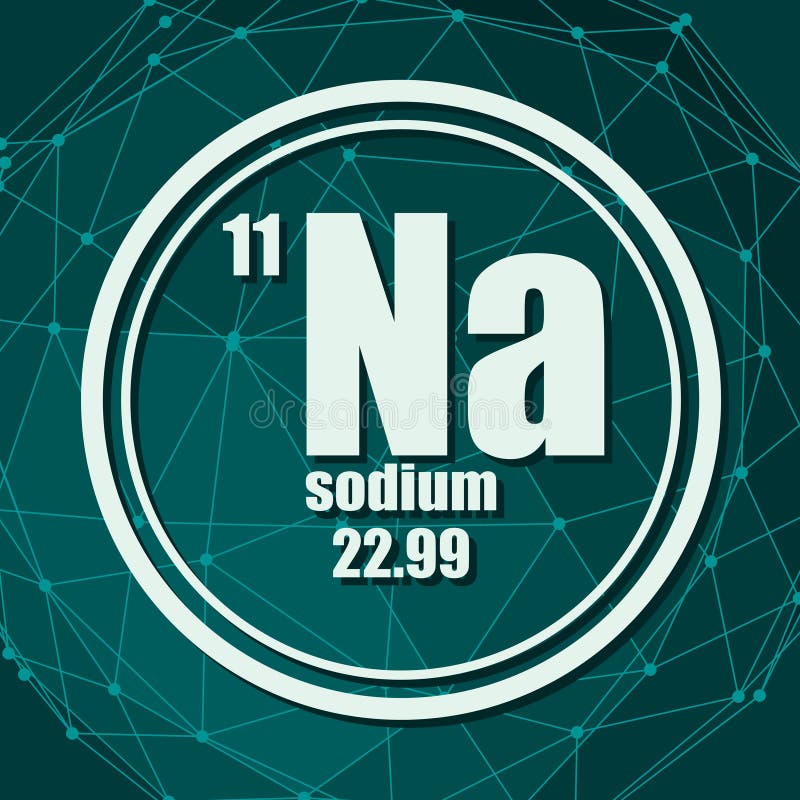
The second shell has two subshells, s and p, which fill with electrons in that order. Two of the lithium electrons can fit into the 1 s subshell, but the third electron must go into the second shell. The 1 s subshell cannot hold 3 electrons (because an s subshell can hold a maximum of 2 electrons), so the electron configuration for a lithium atom cannot be 1 s 3. Both electrons fit into the 1 s subshell because s subshells can hold up to 2 electrons therefore, the electron configuration for helium atoms is 1 s 2(spoken as “one-ess-two”). The electron configuration of a hydrogen atom is spoken out loud as “one-ess-one.” Electron configurations are shorthand descriptions of the arrangements of electrons in atoms. This structure is called an electron configuration. Thus, because a hydrogen atom has its single electron in the s subshell of the first shell, we use 1 s 1 to describe the electronic structure of hydrogen. We combine the shell and subshell labels when referring to the organization of electrons about a nucleus and use a superscript to indicate how many electrons are in a subshell. This first shell has only one subshell, which is labeled 1 s and can hold a maximum of 2 electrons.

As shown in Table 2.6.1, the first shell, closest to the nucleus and with the lowest-energy electrons, is shell 1. We use numbers to indicate which shell an electron is in. It is the arrangement of electrons into shells and subshells that most concerns us here, so we will focus on that. Any s subshell can hold up to 2 electrons p, 6 d, 10 and f, 14. Different subshells hold a different maximum number of electrons.Thus, the first shell has only a single s subshell (called 1 s), the second shell has 2 s and 2 p subshells, the third shell has 3 s, 3 p, and 3 dand so forth.

The subshells of each shell are labeled, in order, with the letters s, p, d, and f. The first shell has only one subshell, the second shell has two subshells, the third shell has three subshells, and so on.

Do they move around the nucleus at random, or do they exist in some ordered arrangement? Describe how electrons are grouped within atoms.Īlthough we have discussed the general arrangement of subatomic particles in atoms, we have said little about how electrons occupy the space about the nucleus.


 0 kommentar(er)
0 kommentar(er)
